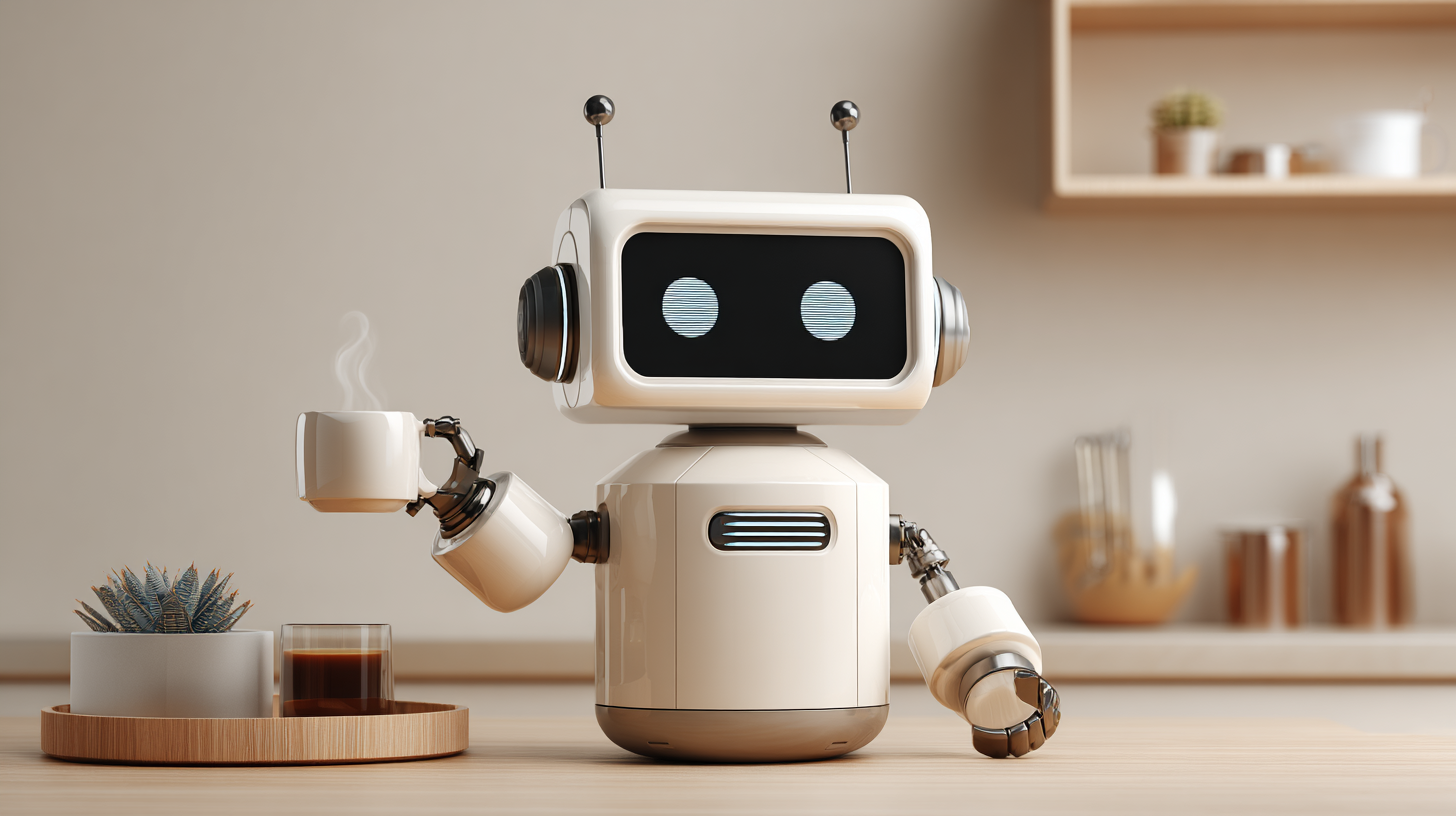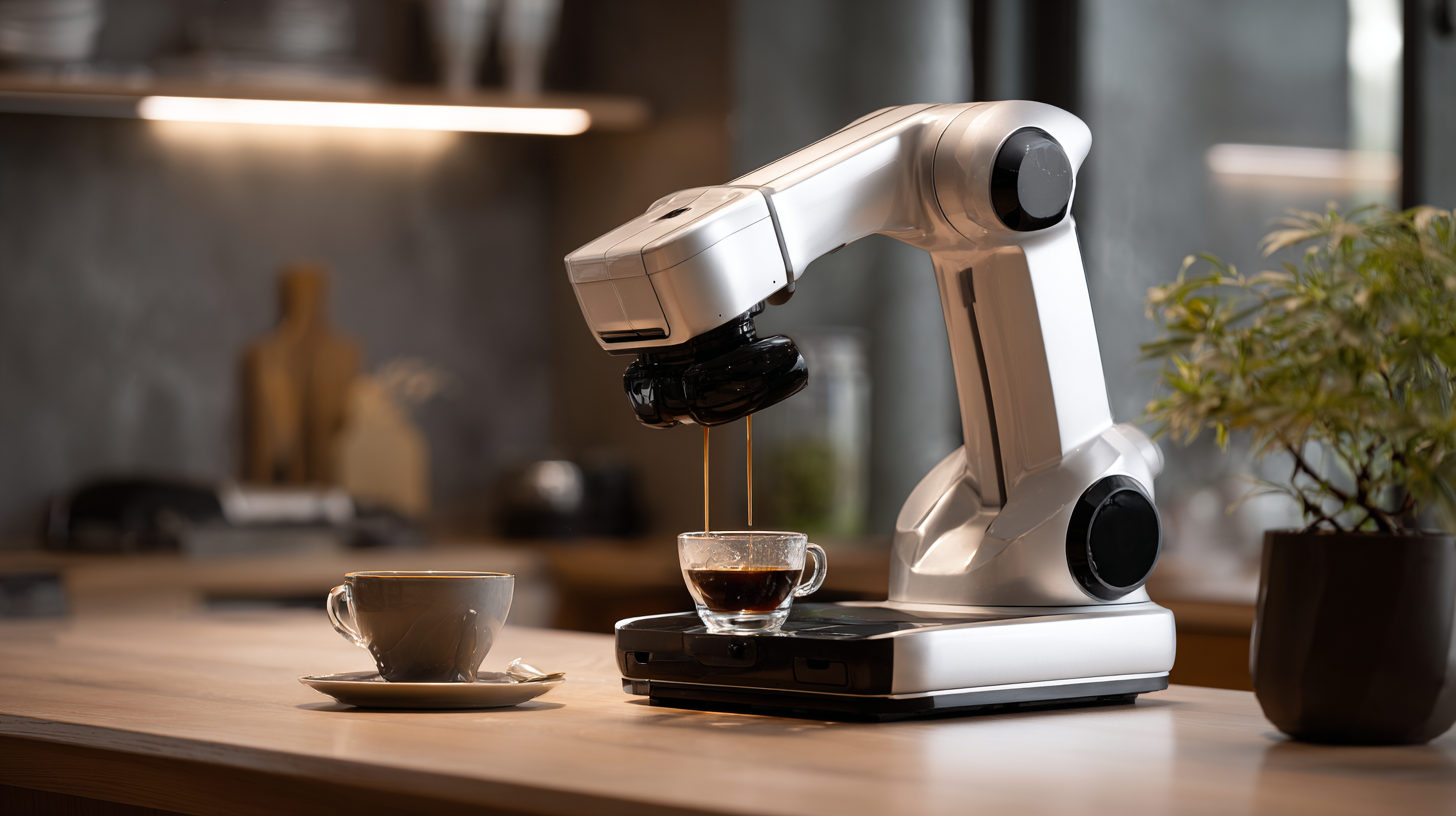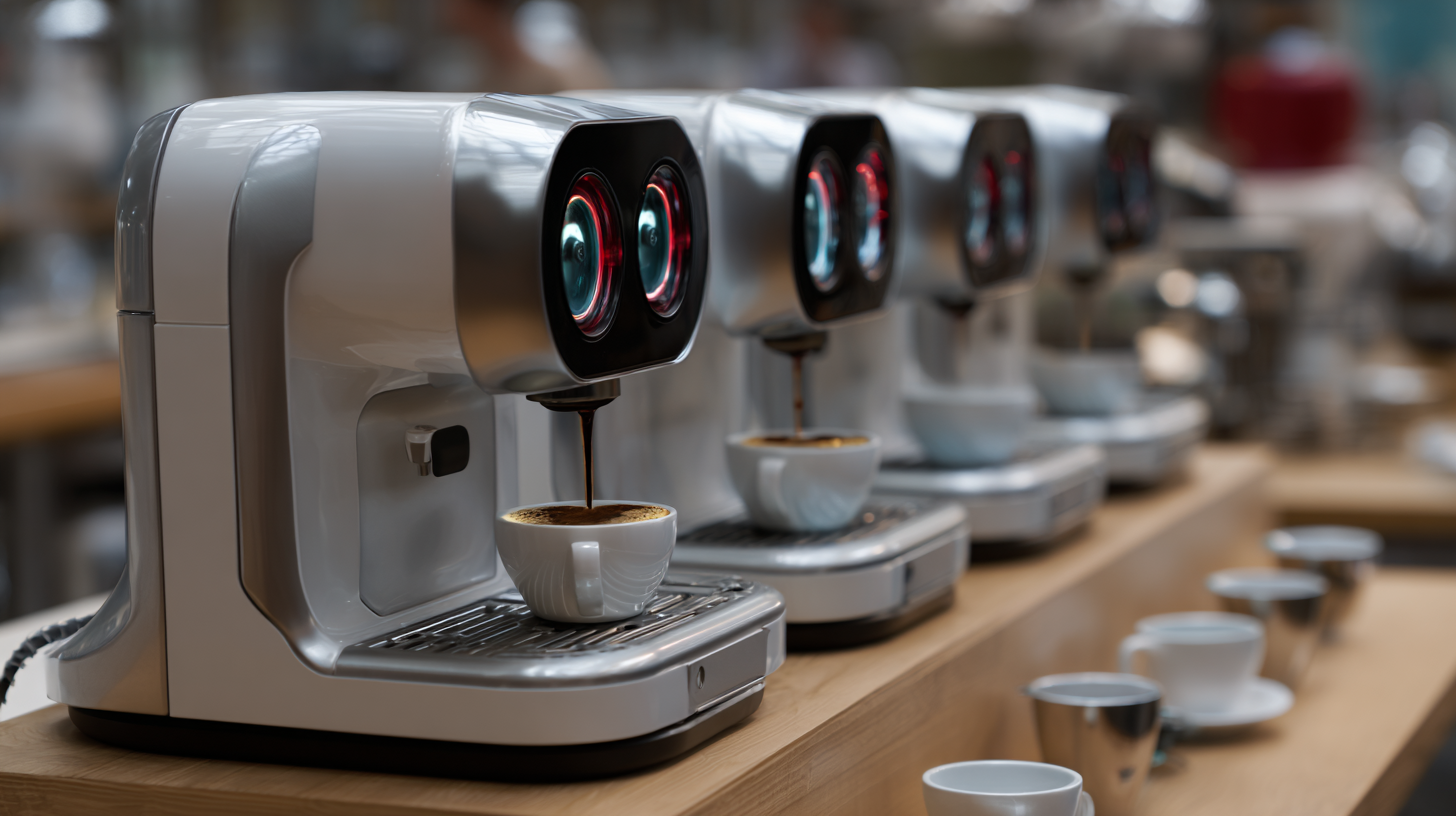The Ultimate Guide to Choosing the Best Coffee Serving Robot for Your Business Needs
As the coffee industry continues to evolve, the integration of technology into everyday operations has become increasingly essential for businesses looking to enhance customer experience and operational efficiency. According to a recent report by the National Coffee Association, over 60% of Americans now drink coffee daily, driving a demand for innovative solutions that can streamline service in bustling environments. Coffee Serving Robots have emerged as a game-changer, offering not only precision and consistency in beverage preparation but also reducing waiting times in high-traffic settings. However, selecting the right Coffee Serving Robot involves more than just choosing the latest model; understanding the nuances of after-sales service advantages and maintenance costs is crucial for long-term success. This guide will delve into the key considerations to help you choose the best Coffee Serving Robot tailored to your specific business needs, ensuring your investment maximizes both customer satisfaction and operational efficiency.

Understanding the Importance of Coffee Serving Robots in Modern Businesses
In the fast-paced world of modern business, the integration of coffee serving robots has emerged as a pivotal innovation. According to a recent study by the National Coffee Association, over 64% of Americans drink coffee daily, making it a staple in workplaces and leisure establishments alike. As businesses strive to enhance customer experiences and streamline operations, investing in coffee serving robots not only meets demand but also elevates service efficiency.

When considering a coffee serving robot, it's essential to assess features that align with your business needs. For example, models equipped with customizable brewing options can cater to diverse customer preferences, ensuring satisfaction. Moreover, the robot's speed and capacity can significantly impact your service—research suggests that businesses utilizing automated serving solutions see a reduction in wait times by up to 30%.
Tip: Evaluate the space requirements in your establishment. Coffee serving robots come in various sizes, and choosing the right one can prevent congestion in high-traffic areas. Additionally, explore models with user-friendly interfaces to ensure both staff and customers can navigate them easily. By focusing on efficiency and customer interaction, coffee robots can enhance your business's appeal and operational flow.
Key Features to Look for in Coffee Serving Robots for Optimal Efficiency
When choosing a coffee serving robot for your business, several key features can significantly enhance efficiency and customer satisfaction. First and foremost, consider the robot's brewing capabilities. Look for models that can prepare a variety of coffee styles, such as espresso, cappuccino, and cold brew, ensuring that it can cater to diverse customer preferences. Furthermore, the speed and brewing time are crucial; a high-efficiency machine can serve drinks quickly during peak hours, reducing wait times and increasing overall sales.
Another important aspect is user-friendliness. A coffee serving robot should have an intuitive interface that allows staff to operate it with minimal training. Features such as customizable drink options, easy maintenance notifications, and integrated payment processing can streamline operations and enhance the customer experience. Additionally, durability and energy efficiency should not be overlooked. Choosing a robust robot that consumes less energy will not only save costs but also contribute to a more sustainable business model. By focusing on these key features, you can select a coffee serving robot that aligns with your operational needs and elevates your service quality.
The Efficiency of Coffee Serving Robots Based on Key Features
Comparing Different Types of Coffee Serving Robots: Pros and Cons
When selecting a coffee serving robot for your business, understanding the various types available can significantly impact your decision. Two of the most popular options are fully automated machines and semi-automated robots. Fully automated robots, such as the RoboCafe, offer complete integration, allowing customers to order and receive their coffee without human interaction. According to a report by IBISWorld, the market for automated food services is expected to grow by 10% annually, underscoring the increasing demand for efficiency in service. However, these robots come with higher upfront costs and may require extensive maintenance.
In contrast, semi-automated robots like the BaristaBot allow for human intervention, blending traditional coffee-making skills with modern technology. This approach offers flexibility and can enhance customer interaction, providing a more personalized experience. A survey from the National Coffee Association indicated that 59% of consumers prefer cafés that retain a human touch even in automated settings. Potential downsides include inconsistent quality if not monitored properly and a slower service speed during peak hours.
Tip: Before committing to a coffee robot, assess your business's specific needs regarding customer interaction and workflow efficiency. Tip: Consider starting with a pilot program to evaluate how a robot fits into your existing operations and to gather customer feedback.
Industry Statistics on Coffee Consumption and Automation Trends
The coffee industry is witnessing remarkable growth and transformation, largely driven by automation trends and a growing consumer base. According to recent market research, the global coffee market revenue is expected to soar to around USD 365.02 billion by 2033, reflecting the increasing demand for coffee products. This surge is not just limited to traditional coffee offerings; ready-to-drink options are also experiencing a notable expansion, with projections indicating a leap from USD 2.48 billion in 2024 to USD 4.59 billion by 2033 in Europe alone.
As coffee consumption rises, so does the interest in automation within the sector. The market for coffee machines, particularly smart coffee makers, is key to this trend, anticipated to grow significantly, reaching USD 25.26 billion by 2030. This interest is fueled by the modern consumer's desire for convenience and quality, leading to increased investments in innovative coffee solutions. By embracing these advancements, businesses can enhance their service offerings and meet the evolving preferences of coffee enthusiasts.
Determining the ROI of Investing in a Coffee Serving Robot for Your Establishment
Investing in a coffee serving robot for your establishment can significantly enhance your business operations, but determining the return on investment (ROI) is crucial. One of the primary factors to consider is labor cost savings. By automating the coffee serving process, you can reduce the number of staff required during peak hours, allowing your team to focus on customer service and other high-value tasks. This efficiency not only decreases payroll expenses but also elevates the overall customer experience, potentially increasing customer loyalty and repeat visits.

Another vital aspect of ROI analysis is the impact on sales. A coffee serving robot can attract tech-savvy customers who are intrigued by the novelty of automated service. Additionally, robots can operate consistently and efficiently, ensuring high-quality beverages are served quickly. Faster service leads to higher turnover rates, meaning that you can serve more customers in less time. When calculating ROI, it’s essential to consider the potential increase in revenue from quicker service and improved customer satisfaction, which can significantly boost your bottom line over time.